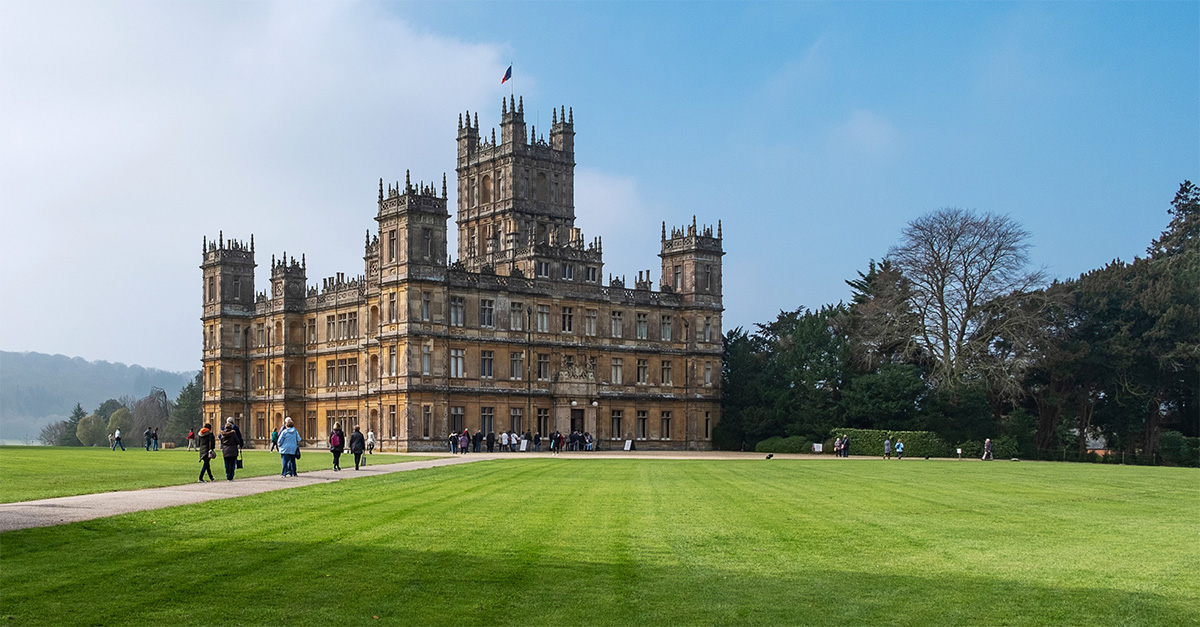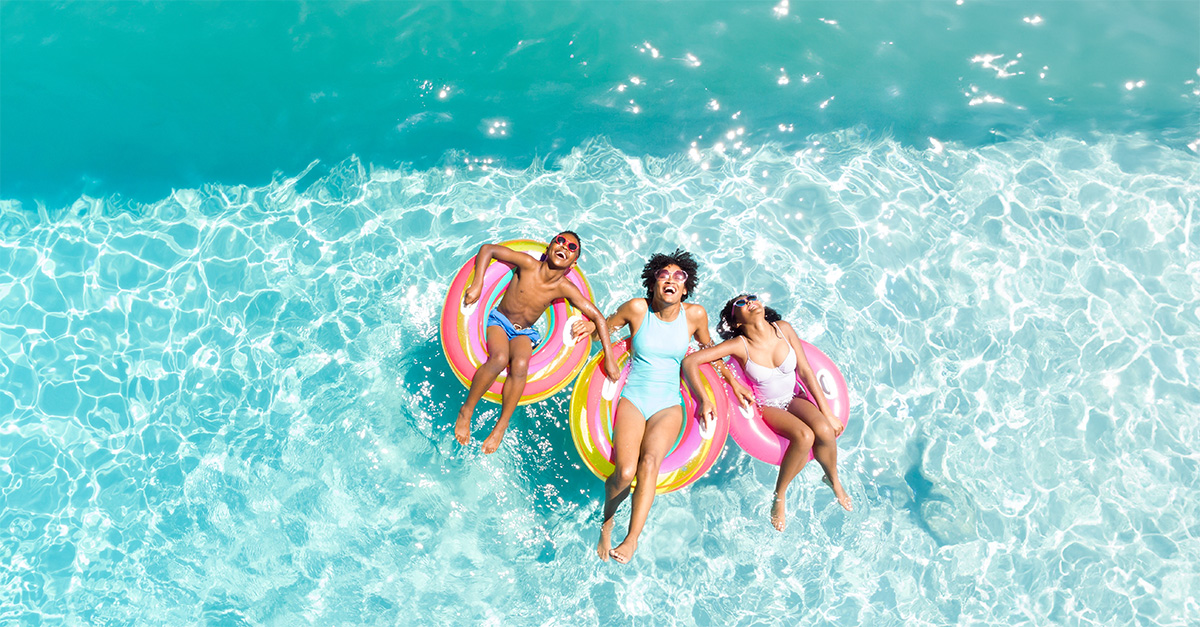It wouldn’t make a great ‘lonely hearts’ advert: ‘Ginger. Hairy, bulky body. Long arms, short legs. No tail. Seeking fun with fruit. GSOH.”
However unattractive they sound on paper, in person, orangutans are irresistible. Every year thousands of tourists feel the draw of these great apes and head to Borneo, the large island in the South China Sea that is one of the only places they can be found.
Orangutans may be the headline act, but Borneo has plenty more wildlife to offer including pygmy elephants, macaques, monitor lizards, huge-beaked hornbills, and comically droopy-nosed proboscis monkeys. Turtles nest year-round and the rich reefs produce beautiful corals and teem with brightly coloured fish.
There’s culture too; from the thriving city of Kuching, full of mosques, temples and colonial buildings, to the remote villages of the Iban jungle tribes, where visitors can stay in traditional long-houses.
Though Borneo is just one island, there are three countries in it. The lion’s share of the north belongs to Malaysia. The states of Sabah and Sarawak are the most developed for tourism and the most visited from the UK. Also in the north lies the tiny, oil-rich state of Brunei, easily visited from Malaysian Borneo.
The great southern mass of the country belongs to Indonesia. Remote, and divided from the north by huge mountain ranges, it’s less visited by UK travellers. A lack of road and air links make it time-consuming and inconvenient to travel between Malaysian and Indonesian Borneo, so recommend clients don’t try.
Sabah
For short trips, Sabah has much of what travellers look for from a Borneo adventure. The capital city, Kota Kinabalu, is accessible by air from Kuala Lumpur, and is one of the major tourist gateways into Borneo. Sabah’s most popular upmarket beach hotels, the Nexus Resort Karambunai and two Shangri-La resorts, the Tanjung Aru (see below) and the Rasa Ria, aren’t far from Kota Kinabalu.
The Sepilok Orangutan Sanctuary near Sandakan is a must-see as visitors can get relatively close to orphaned and rescued orangutans. Feeding times are 10am and 2.30pm.
Many visitors take river cruises down the Kinabatangan River between Sandakan and Sukau, where they’ve a good chance of spotting proboscis monkeys, pygmy elephants, macaques and hornbills.

To be in with a good chance of seeing the apes in the wild, clients should visit the Danum Valley. The huge basin is a conservation area, and there’s a 40-metre-high canopy walkway through the trees, giving a bird’s-eye view of the wildlife, which also includes gibbons and even the rare clouded leopard. Tours are organised by the only resort, the Borneo Rainforest Lodge, which has comfortable chalets overlooking a river valley.
The Kinabalu National Park is 56 miles outside of the city, and is home to Mount Kinabalu. At 4,095 metres it is southeast Asia’s highest peak. The climb, which takes two days, isn’t for the faint-hearted.
Off Sabah’s coast are beautiful islands. Turtle Island, as Selingan is often known, is the hub of the ecotourism industry. Visitors go to the island in the afternoon, enjoy the beaches and then stay in basic accommodation overnight. Once night falls, tourists will be allowed to watch a hawksbill or green turtle laying its eggs.
Sipadan Island, a slim limestone pillar reaching 700 metres from the sea floor, is a diver’s paradise. Clients might see tens or even hundreds of turtles, barracuda, reef sharks and bumphead parrotfish.
Sarawak
Sarawak’s capital, Kuching, is a vibrant city with a colonial heritage. There are palaces, mosques and many fine temples to visit, plus bustling markets and bazaars. Don’t miss a walk along the buzzing waterfront.
Outside Kuching is the Semenggoh Orangutan Rehabilitation Centre with feeding times at 9am and 3pm. Robin Smith, Transindus specialist travel consultant, says he prefers the experience at Semenggoh. “There are fewer tourists, and you can get closer at Semenggoh too.”
Most tourists visit the Iban tribes out of Batang Ai. There’s a Hilton there so visitors can stay in comfort, or they can stay in an Iban longhouse – the sleeping arrangements are communal, so those who like privacy should take note.
How to get there
UK visitors will need to connect via Kuala Lumpur to either Kuching or Kota Kinabalu. Malaysia Airlines and Air Asia X fly direct from London to Kuala Lumpur.
Tourists looking for a relaxing, beach-centric time can base themselves in a hotel near Kota Kinabalu and then take one or two-night trips out to see some of the highlights.
More adventurous travellers will probably want a tour, either escorted or private, which moves around different areas giving them the chance to see a bit of everything.
Those with luxury clients should check out Orion Expedition Cruises’ four new itineraries. The ship visits the highlights of Malaysian Borneo and the more out-of-the-way parts of the Indonesian side.
Sample product
Transindus offers a 15-day Jungles of Borneo tour visiting Kuching, Batang Ai, Sepilok, Selingan Island, the Kinabatangan River and Poring Hot Springs from £2,600, including bed-and-breakfast accommodation, some other meals, international flights and all internal travel and scheduled sightseeing. transindus.com, 020 8566 2729
Premier Holidays offers an 11-night itinerary spending two nights in Kuala Lumpur visiting Kuching, Batang Ai, Damai Beach and Kota Kinabalu, including flights from £1,699. Clients can add a three-day Sandakan Wildlife Trails Experience, visiting Selingan Island, Sepilok and the Kinabatangan River from £599, including flights from Kota Kinabalu. trade.premierholidays.co.uk, 0844 493 7444




